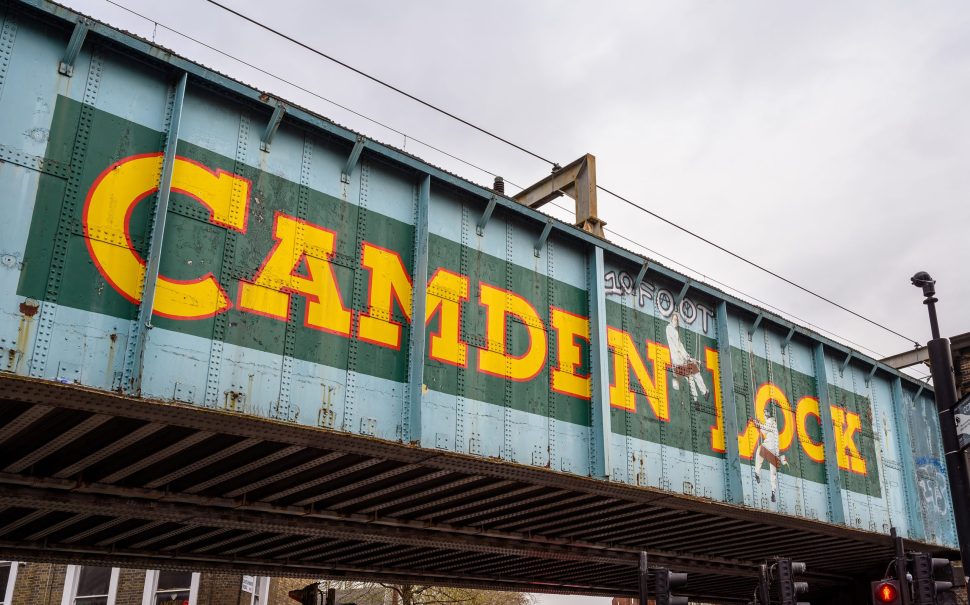Camden is the most active borough in London with 77.4% of adults meeting the recommended 150-plus minutes of physical activity per week, data from London Sport shows.
This is substantially greater than the average of 63.7% across England.
This data also shows a large disparity across London, with the borough of Havering the least active at 52.9%.
Camden Council’s cabinet member for health, wellbeing and adult social care Anna Wright said: “I’m proud that we’re leading the way both regionally and nationally in reducing adult inactivity.
“We will continue to innovate in breaking down health inequalities, improving access for and supporting people who are less active, so that no one is left behind.”
Camden Council runs schemes such as free swimming for over-60s and the Get Active Programme (GAP), targeted at supporting people with long-term health conditions.
Council cabinet member for voluntary sector, equalities and cohesion Nadia Shah said: “This is a major achievement and reflects positively on Camden’s community physical activity networks and initiatives.
“We’re proud to offer something for everyone, from a wide range of sports and activities for young people to free access for residents aged 60 and over at all our swimming pools.”
Other London boroughs also exceed the national average, with Richmond upon Thames, Islington, and Wandsworth all reporting activity levels above 70%.
This suggests access to green spaces, active transport options, and community programmes may be contributing factors.
London Sport CEO Emily Robinson said: “These disparities matter.
“Physical inactivity is a major contributing factor to chronic diseases like heart disease, diabetes, depression, and anxiety.
“Some people in London are living up to 12 years longer in good health than others, and in less active boroughs residents face not only a higher risk of illness but also reduced mental wellbeing and life satisfaction.
“These findings highlight why targeted local action and collaboration are so important in tackling inequalities and unlocking the full benefits of physical activity for Londoners.”
Alongside Havering, boroughs such as Barking and Dagenham and Newham also fall significantly below the England average.
This points to broader systemic challenges around affordability, as these boroughs consistently come out as some of London’s poorest.
Sport England chief strategy officer Nick Pontefract said: “For too many people, the barriers to getting active are still too high.
“If you are less affluent, or live in a less affluent place, you are much less likely to be active.
“The same is true if you have a disability or long-term health condition, and women’s activity levels are still lower than men’s.”
Featured image credit: iStock – Jonathan Wilson





Join the discussion